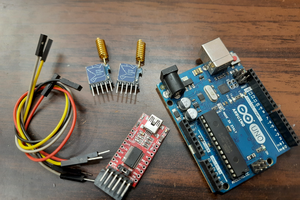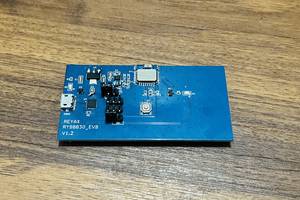In this post, we will learn how to use Reyax RYS8830 GPS/GNSS Receiver Module to retrieve time and position data from satellite navigation systems. The RYS8830 module from Reyax is based on Sony CXD5605GF/CXD5605AGF technology & comes as a small SMD component. The RYS8830 GNSS modules can be used in tracking devices that need to be small and power-saving. The Reyax RYS8830 has a small form factor and ultra-low power consumption. The GPS/GNSS Module can be interfaced with any microcontroller & can be operated using a simple coin-cell battery.
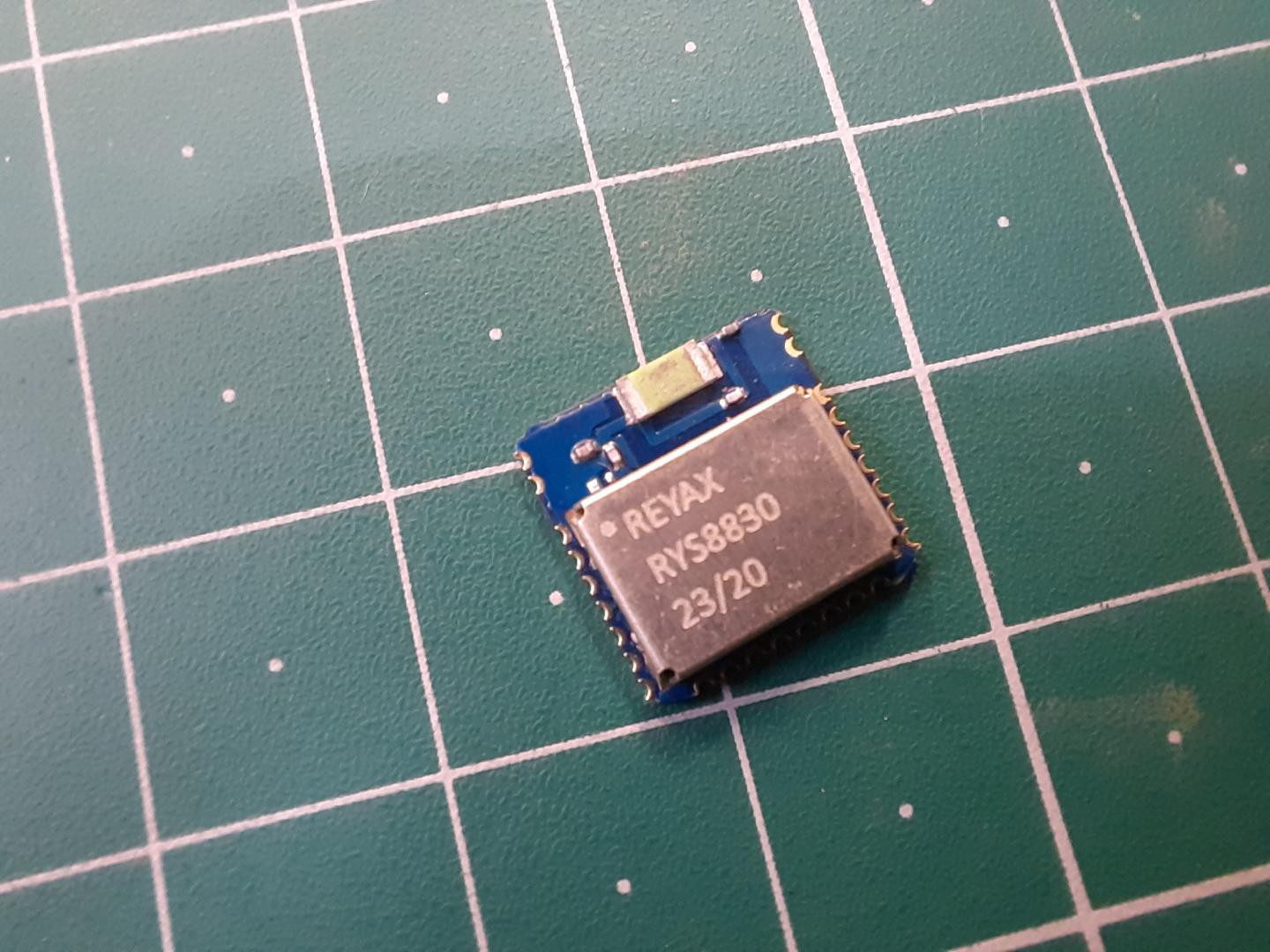
The RYS8830 Module is a very small SMD Module and requires a PCB. So, in this tutorial, we will use an evaluation board (RYS8830 EVB). The RYS8830 Evaluation Board has an embedded power circuit along with the CP2102 Chip & a micro-USB port. So the board can be directly connected to the computer and using the GNNS Software you can start learning and exploring the feature of RYS8830 Chip.
What is GNNS (Global Navigation Satellite System):
GNNS stands for Global Navigation Satellite System. It refers to a constellation of satellites providing signals from space that transmit positioning and timing data to GNSS receivers. The receivers then use this data to determine location.
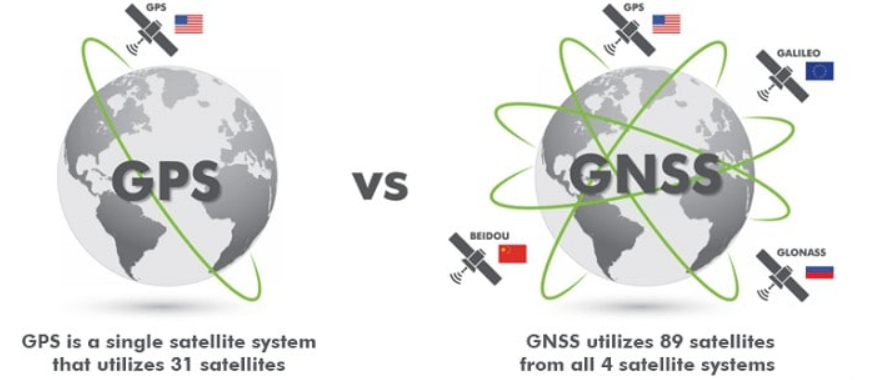
The performance of GNSS is assessed using four criteria:
1. Accuracy: the difference between a receiver’s measured and real position, speed, or time
2. Integrity: a system’s capacity to provide a threshold of confidence and, in the event of an anomaly in the positioning data, an alarm
3. Continuity: a system’s ability to function without interruption
4. Availability: the percentage of time a signal fulfills the above accuracy, integrity, and continuity criteria
Reyax RYS8830 & EVB:
The REYAX RYS8830 is built on the high performance of the SONY CXD5605GF CXD5605AGF GNSS engine. The RYS8830 modules utilize concurrent reception of GNSS systems offering high sensitivity in a small SMD form factor.
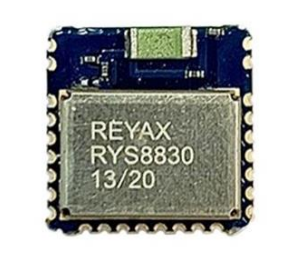
It occupies a small SMD size of 121 mm2, which currently is the smallest GNSS module worldwide with an antenna. The operating voltage is around 1.65~1.95V. The frequency is 1561.098 MHz for BeiDou, 1575.42 MHz for GPS & 1602.5625 MHz for Glonass. RYS8830 has a built-in enhanced GNSS filter, a low noise amplifier, an embedded antenna, and it offers an option of an external antenna. the tracking sensitivity is around -161 dBm.

You can make A fully functional PCB using this module or try the RYS8830 evolution board. Downloadable circuit schematics and Gerber files are provided below. Check JLCPCB prototype service 5 PCB in just $2.
Specifications
1. GNSS Center Frequency: 1561.098 MHz (BeiDou), 1575.42 MHz (GPS), 1602.5625 MHz (Glonass)
2. Navigation update rate: 1 Hz
3. Accuracy: up to 1m
4. Operating Temperature: -40°C to +85°C
5. Dimensions: 11mm*11mm*2.2mm
6. Power Supply Voltage: 1.8V
7. Satellite acquisition Current: 19 mA
8. Satellite tracking Current: 13 mA (GNSS continuous mode)
9. Satellite tracking Current: 2.6 mA to 8.2 mA (GNSS low power mode)
10. Idle Current: 3 mA (GNSS continuous mode)
RYS8830 Evaluation Board
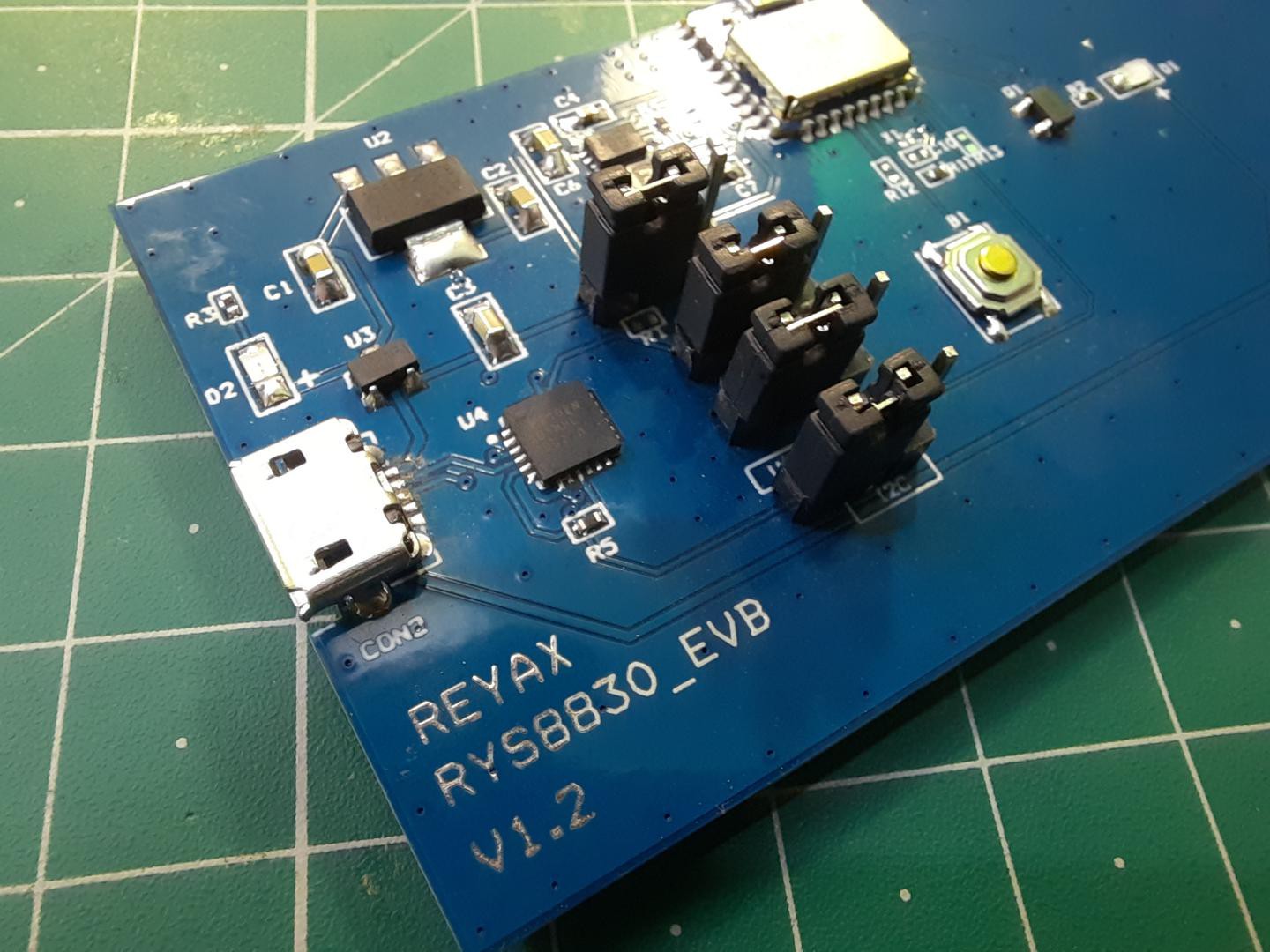
The evaluation board has jumpers for UART or I2C Interface. It also has a reset button for resetting the board or restarting the module. The board consists of a CP2102 Chip which is a USB-UART Driver chip. The micro-USB port can be used to connect the module directly to the computer and also the GNNS Software.
GNSS Monitor Software For Customer:
The GNSS Monitor is a very useful software to evaluate GNSS receiver modules. Using this software, it is possible to connect to the modules to GNSS Transmitter by establishing a serial connection.
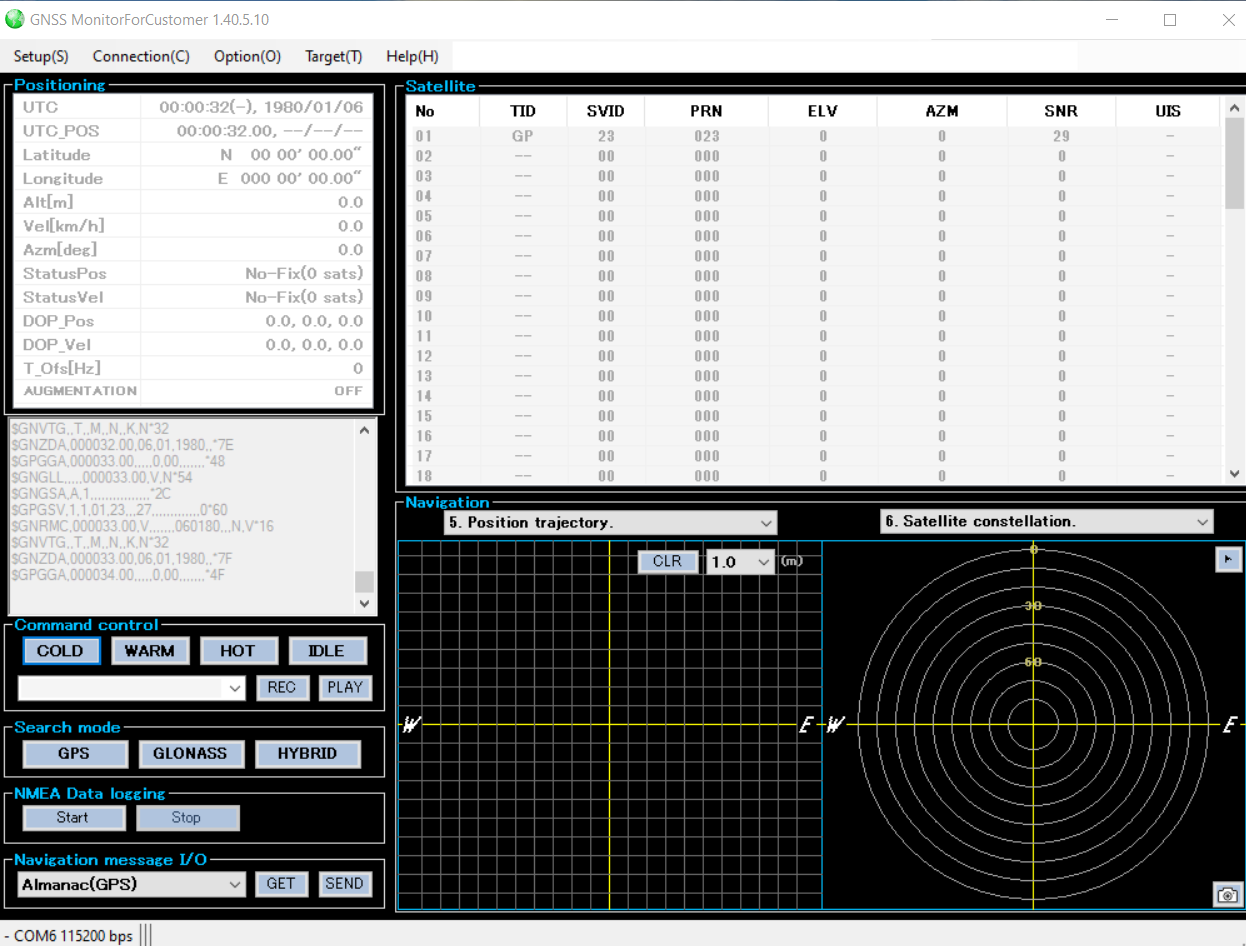
The software is very use to use and has user-friendly interface. You can download the software from the following link below:
Download: GNSS Monitor
After downloading the software, you can extract and install it on your PC System. During installation, you may encounter several issues that can be solved by installing proper framework drivers.
PCB layout of...
Read more » Sagar 001
Sagar 001
 R. Scott Coppersmith
R. Scott Coppersmith
